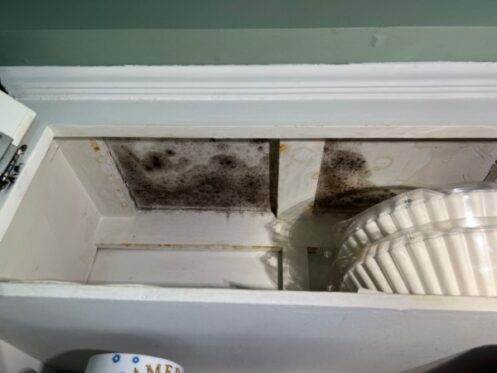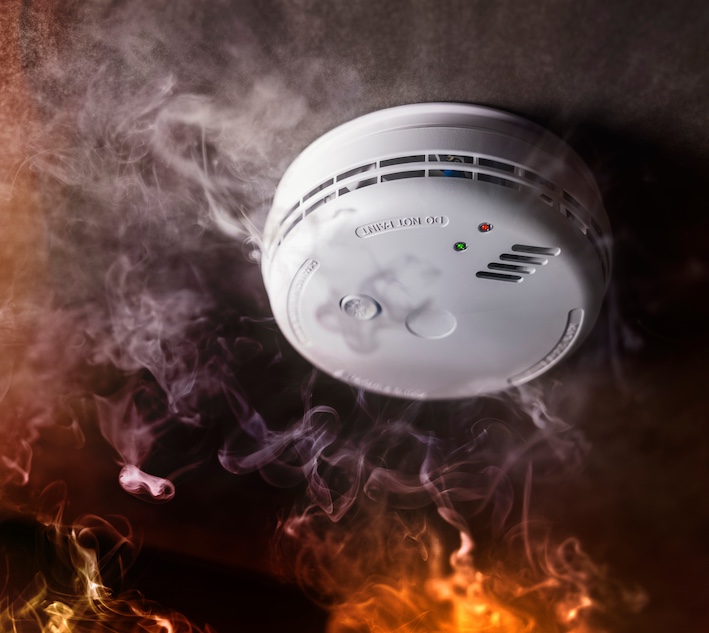Mold is a common natural substance that clings to damp surfaces and can be found in bathrooms, kitchens, and attics. It often springs up during wet weather or when we fail to maintain our property. Sadly, mold exposure has been linked to several health problems — ranging from minor headaches and upper respiratory tract infections to death. If you think you have been exposed to mold and are worried about the effects, you should know a few things.
What Is Mold?
Mold is a natural substance that grows on plants, woody debris, grasses, and decaying matter. It feeds on dead or decaying material and depends on it for survival. Mold feeds by releasing tiny spores into the air that are then inhaled or ingested by humans.
Mold is also found in natural materials that humans have created, including homes, offices, and schools. Recent studies have shown that millions of Americans are exposed to mold each year in the form of spores found in the indoor environment. In one study, researchers found that more than 40% of Americans have detectable mold levels in their homes; however, many people are tolerant to the spores and rarely experience symptoms. Most people are not bothered by molds, and mild situations do not require medical intervention. However, for some individuals, mold can trigger an allergic response.
Mold Exposure Symptoms
Mold symptoms from indoor exposure can vary from person to person and condition to condition. Some might have no symptoms while others may experience different reactions. Your age, health history, and the extent of your exposure are all important factors determining how you will react to mold. In addition, the spores in your environment will play a role in determining whether or not you develop symptoms.
Mold allergy symptoms can range from mild to severe and include:
- Red, itchy eyes
- Tightness in the chest and shortness of breath
- Headaches and body aches
- Upper respiratory problems like sinusitis or bronchitis
While mold doesn’t have to be a big concern for everyone, many people with asthma or allergies might be at a higher risk for developing symptoms from exposure. Because of this, it’s important for them to learn about their individual vulnerabilities and how to reduce their risk of exposure. For example, people with asthma should avoid areas where mold is growing. People with allergies should take precautions when cleaning the house or working outside. Those who are currently in poor health should avoid moldy materials and environments as much as possible.
Property owners should always maintain their property, especially if they live in areas prone to flooding or other weather-related problems. Mold appears more frequently when the soil is moist and the temperature rises in the summer.
Risks of Mold Exposure
Mold exposure can lead to trouble breathing, skin irritation, eye irritation, nasal irritation and congestion, fatigue, headaches, and other discomforting symptoms. In rare cases (and mostly with immunocompromised individuals), mold exposure can lead to severe allergic reactions such as asthma attacks and life-threatening respiratory distress. In very severe cases, death may result from complications.
Fungal infections from mold can cause a variety of symptoms, including fever and mild to severe headache. Severe cases can even lead to life-threatening brain infections.
Mold exposure triggers an immune response that can lead to other complications, like cancer and scarring. These conditions may not develop until many years after exposure has occurred. Those with pre-existing conditions may not show problems immediately, but they could later appear when the immune system is weakened by something else, such as cancer or aging.
Preventing Mold Exposure
Mold exposure is an unavoidable part of living. However, you can take steps to reduce your risk of exposure and limit its impact on your health. Prevention tips include the following.
Inspect Your Home for Mold
The best way to determine if there is mold in your home is to learn how it looks and smells. If you cannot identify the source of the mold, your best bet is to hire a professional.
Mold is usually found in areas where there is a lot of moisture or where water drips after washing dishes or cleaning up. Mold appears more commonly when the soil is wet and temperatures rise in the summer. Water leaks can occur from roof leaks, weather damage, heating system leaks, plumbing leaks, and some appliances.
Condensation problems can also lead to mold growth. If you have any seeping or dripping pipes, leaky roofs, or condensation in your home, there’s a chance you have mold growing around it. Condensation is the moisture from water released from items like furniture and carpet. It happens when there’s a temperature difference between inside and outside of your home; usually, it leads to mold in areas where it’s humid and warm.
Clean Up After Cleaning
Mold needs moisture to thrive; therefore, make sure you clean away excess water and dampness whenever you are done washing dishes or cleaning up.
Keep Air Moving When You’re Home
Try to keep the indoor temperature between 70 and 80 degrees Fahrenheit at all times during the day. Also, keep interior doors open while you’re away from the house so air is always circulating in your home.
Avoid High Mold Areas
When you’re outside, try to avoid areas that have been flood-damaged or are prone to rain (e.g., near trees or downspouts). If you plan on moving into a new home, make sure you do a thorough inspection before purchasing the property to know what repairs need to be made and where mold may develop in the future.
Wash Up After Working With Mold
Working with mold may put you at risk; therefore, make sure you wash your hands after handling materials or wiping up residue. Wear a mask and protective clothing to prevent exposure if you work outside.
Make Sure Your Property Doesn’t Attract Mold
Keep your grass and gardens well maintained. Try to avoid keeping trash cans under the house where they can collect water. Try to keep your home well insulated, and use fans during the summer to prevent heat buildup that leads to condensation on windows or in your attic or basement.
Be Aware of What You’re Bringing Inside With You
Remember to check your gym bag, picnic basket, or laundry basket before bringing it inside. Your house has its unique ecosystem, and you don’t want to introduce new mold and mildew spores.
What If the Source of the Problem Is Too Big for You To Handle Yourself?
If that’s the case, you should contact us at Pur360 about what you can do to address the problem. Mold removal is more than just getting rid of visible mold in your home; it also involves ensuring that there aren’t any more sources for mold growth.
At Pur360, our team provides mold detection and eradication, as well as odor removal and sanitization services. We’re based in Chicago but have other locations in Florida, Texas, Georgia, and Wisconsin. For more information or to speak with a professional, contact Pur360 today.



